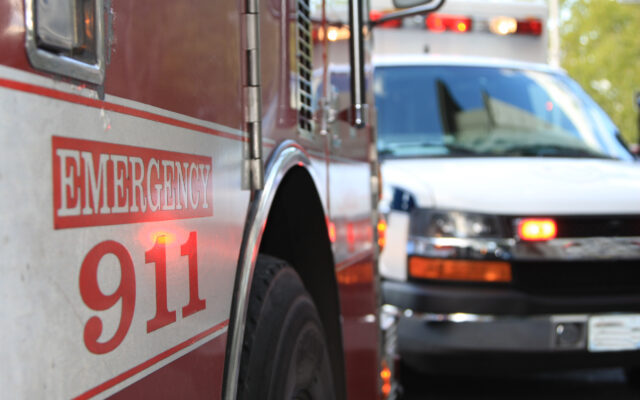UV nail dryers may increase risk of skin cancer, research finds

▶ Watch Video: Study finds UV nail dryers may put people at increased risk of skin cancer
Before Karolina Jasko won the Miss Illinois contest in 2018, getting gel manicures had been part of her beauty routine all through high school. Not anymore.
Jasko, a former Miss Illinois who competed in the Miss USA pageant, survived melanoma and says her doctors believe her use of UV nail dryers while getting gel manicures may be linked to the diagnosis.
Her case prompted researchers at the University of California, San Diego, to study the potential hazards of UV dryers, which use ultraviolet light to harden or “cure” gel nails. What they call a first-of-its-kind study found that those UV dryers do, in fact, damage cells and cause mutations typically seen in skin cancer.
Jasko used UV dryers frequently, in part to create a longer-lasting nail cover.
“Just having that regular nail polish isn’t going to be enough. It might not last as long as you want. It might not look as nice as you want,” she told CBS News about why she got gel manicures.
It was during one of her frequent manicures that the salon’s technician noticed a dark line under her thumbnail. Jasko said she thought she may have hit her hand, but a week later, she was in pain and her nail looked infected. That’s when she saw a doctor, who then told her to have a biopsy right away.
The results came on her 18th birthday, she said. It was melanoma, the most serious kind of skin cancer, which can be deadly if it spreads. Hers was a rare form known as acral melanoma.
Jasko underwent multiple surgeries. Doctors removed her thumbnail and grafted skin from her groin to replace the missing skin on her thumb.
The cause was impossible to say for sure, but Jasko said her doctors suspected genetics because her mother had had melanoma, and her use of UV nail dryers.
“For me, it was very confusing at that time,” she said, noting that she had never used a tanning bed and always wore sunscreen.
The case motivated researchers like Maria Zhivagui to begin the study. In the laboratory cells they analyzed, a 20-minute session of exposure to the UV dryers resulted in 20 to 30% of cells dying, while three consecutive 20-minute sessions of exposure resulted in 65 to 70% of cells dying.
“When we see cell death, it means that there has been a huge amount of damage to the cell that led it to die,” Zhivagui said.
The Food and Drug Administration said it is “reviewing” the study’s findings. But its current advice is that it “views nail curing lamps as low risk when used as directed.”
The trade association for the UV and electron beam industry, RadTech, said last week that “all scientific evidence demonstrates that UV nail lamps are safe, when used according to well-established safe practices.”
The study’s results made Zhivagui stop her own gel manicures. Cleveland Clinic dermatologist Melissa Piliang said it’s best not to use UV dryers “at all” because of the cancer risk.
“What we don’t know yet is how much or how many times you have to use it, how frequently you have to use it to increase your risk,” she said. “And some of that we won’t know until people have been using these machines for 20 or 30 years, at which point it will be too late.”
Jasko’s cancer was fully removed. She has since advocated for skin cancer awareness and knows she’s lucky hers was caught early.
“Right now I don’t have my thumbnail, but I could’ve lost my thumb. I could’ve lost my hand,” she said. “It could’ve been so much worse.”
Jasko said she was surprised to learn that she was the inspiration behind the study.
“It does make me emotional because I can’t believe that my story would make that much of an impact on someone or be that important,” Jasko said.
Piliang recommends certain precautions for those who do get a gel manicure, including wearing UV protective gloves, which can help prevent the ultraviolet light from reaching your skin, and wearing sunscreen on the hands. Doctors say hallmark signs of cancer on your hand include brown, black, blue or red spots. It may look like a bruise under the nail or on the cuticle.



